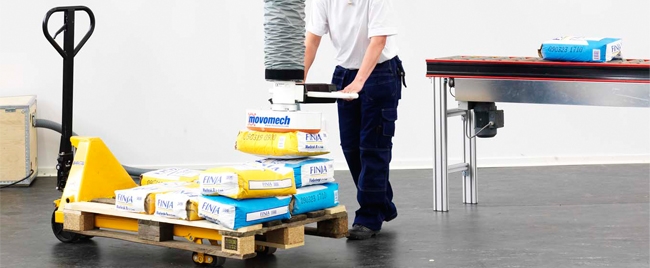Related to: Ergonomic Solutions, Benefits of Ergonomic Solutions, Work-Related Musculoskeletal Disorders
The ability to demonstrate the payback on ergonomic improvements is an ongoing challenge for many safety professionals. There are three primary driving forces to invest in an ergonomic improvement, which are: regulatory compliance, health and safety performance and production enhancement.
Many ergonomic improvements can be implemented with low capital expenditures, but when they require a larger capital expenditure cost it is a major barrier to implementation. When this is the case it is of the utmost importance to make a compelling business case through the demonstration of the return on investment of such improvements.
To assist everyone in seeing the true value that ergonomic solutions have, the Washington State Department of Labour and Industries developed a Cost-Benefit Calculator. This Cost-Benefit Calculator is based on epidemiological data and can be used to compare up to three ergonomic improvement options along with estimating the benefits and payback periods for each option.
This Cost-Benefit Calculator is intended to be used under the following conditions:
- The payback period is expected to be less than one year.
- When looking to evaluate a few different options.
- When considering implementing one or more ergonomic solutions so address unique problems.
- The company is self-insured and directly pays the worker’s comp claims.
- The company already has an active ergonomics program in place.
The use of this calculator is simple and can be explained in four easy steps:
- Step One: Input the number of employees affected by the ergonomic improvement, their average hourly salary and each injury associated with the job.
- Step Two: Input the details of the solutions considered as well as the estimated effectiveness and productivity improvements of the proposed solutions.
- Step Three: Estimated benefits from the solutions options that you input are calculated and presented based on the benefits tab.
- Step 4: Total cost, total benefits and net benefits for the first year are shown in this tab.
The Cost-Benefit Calculator can be found at the bottom of this blog post for anyone that would like to try it. The Puget Sound Human Factors and Ergonomics Society had 250 case studies for which they used this calculator to demonstrate the value of ergonomic solutions. The results of their case studies are summarized below:
Cost-Benefit Analysis Summary
Results from All 250 Case Studies
*Due to Work-Related Musculoskeletal Disorders
**We take no recognition for this chart, it can be found in the sources section of this posting
Historically, ergonomics have always had a positive impact on health and safety. Some of the direct costs associated with Work-Related Musculoskeletal Disorders (WMSDs) would be medical costs, worker’s compensation payments and insurance premiums. Some of the indirect costs would be the time to manage and treat WMSDs, the costs to recruit and train replacement workers, and overtime or lost productivity.
Productivity and value-added improvements have been proven to be the most straightforward means of cost-justifying ergonomic improvements and with the use of this calculator, we are better able to highlight these costs and showcase the benefits of implementing an ergonomic solution.
What are your thoughts on this handy tool? Comment below!
Cost-Benefit Calculator can be downloaded: http://pshfes.org/cost-calculator
Main Sources for this post: http://ergo-plus.com/cost-justify-ergonomics/
http://pshfes.org/cost-calculator




